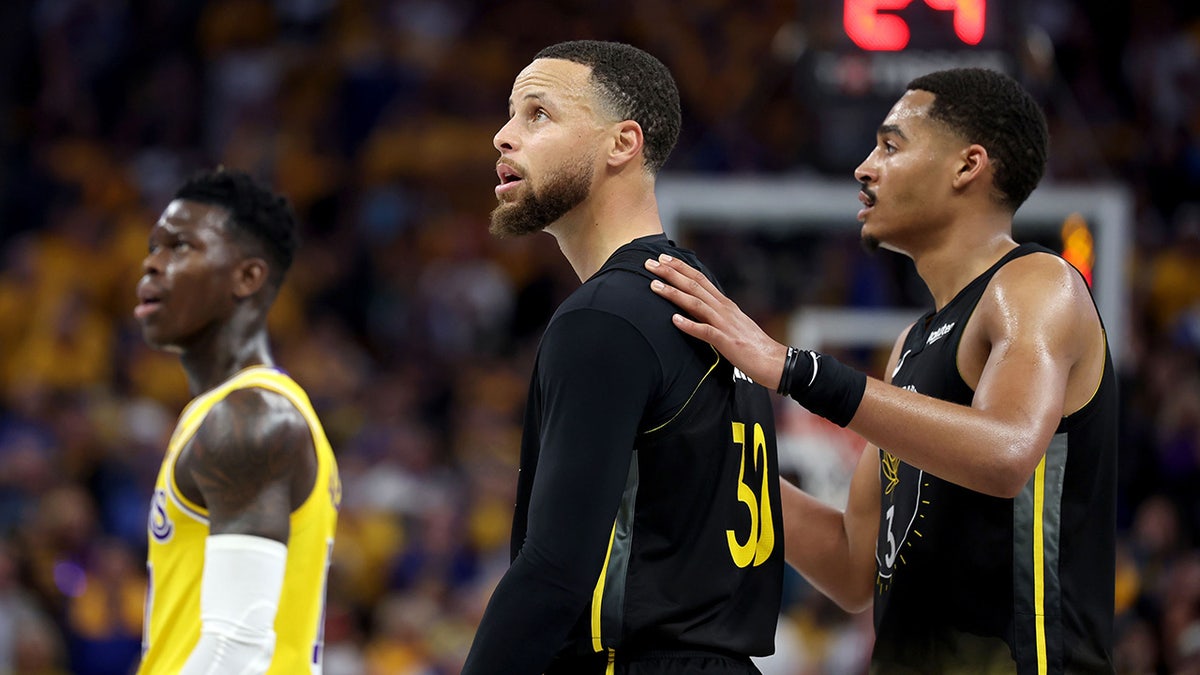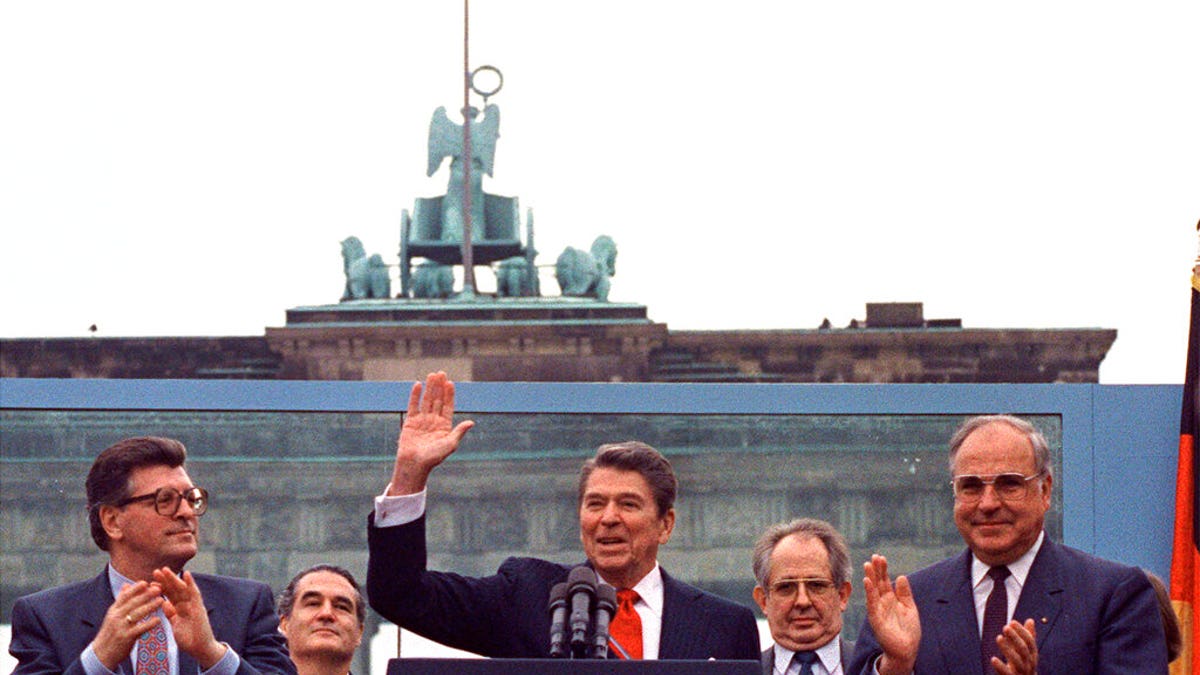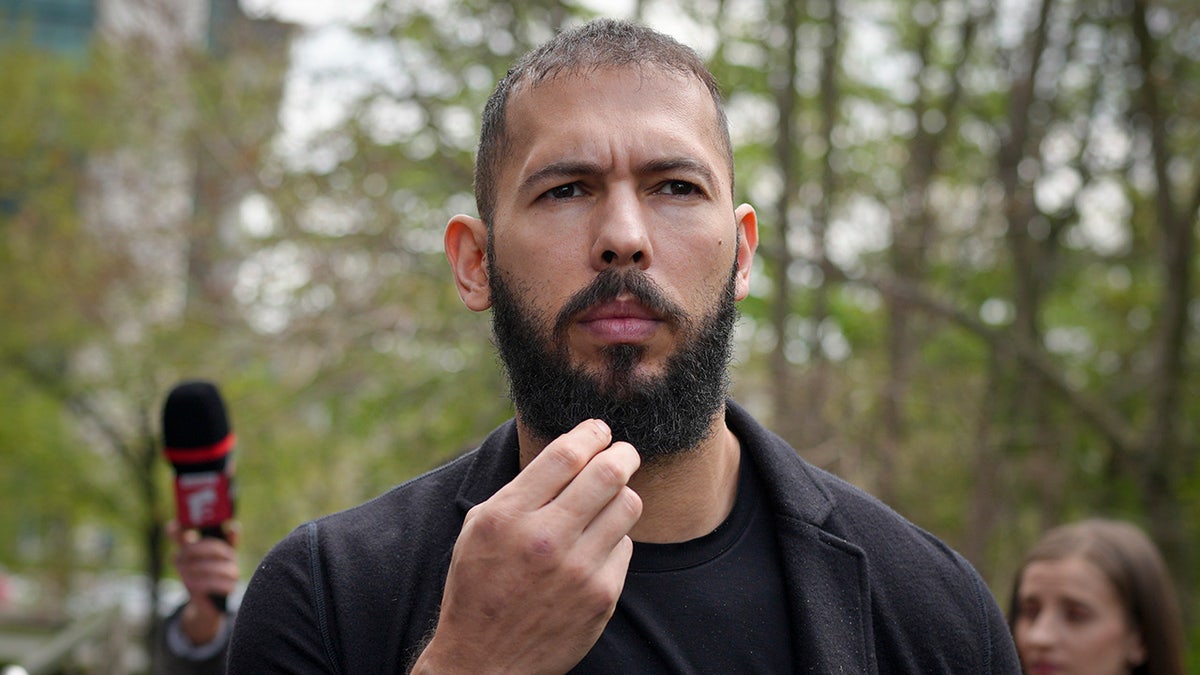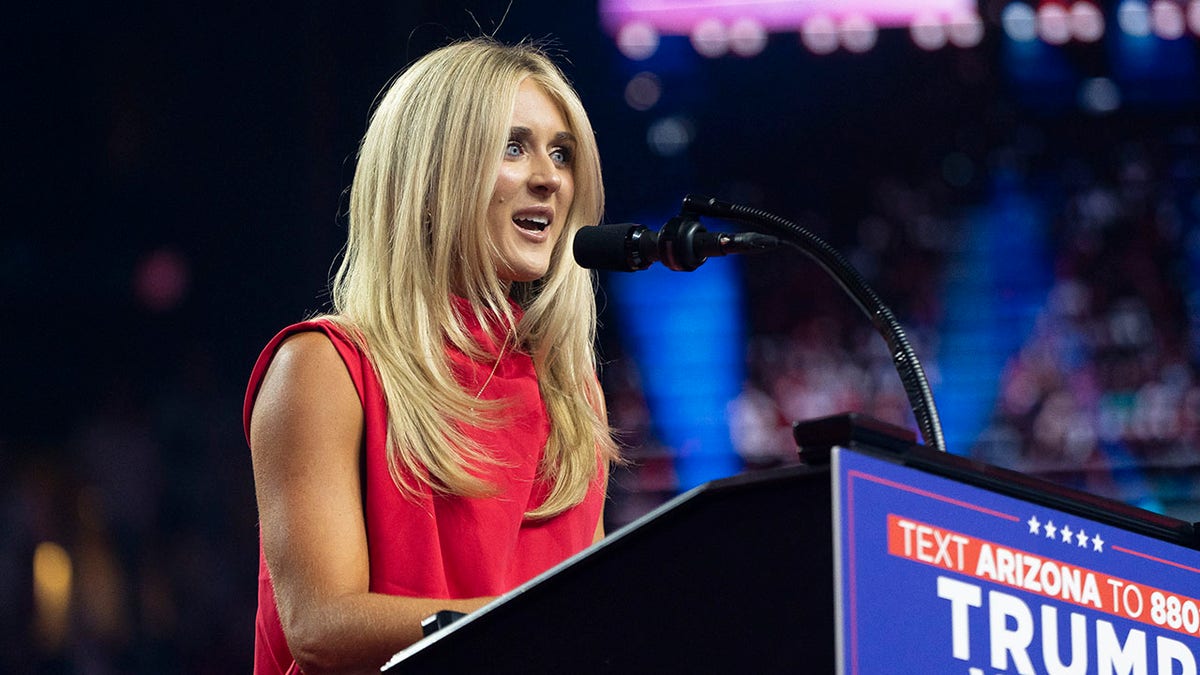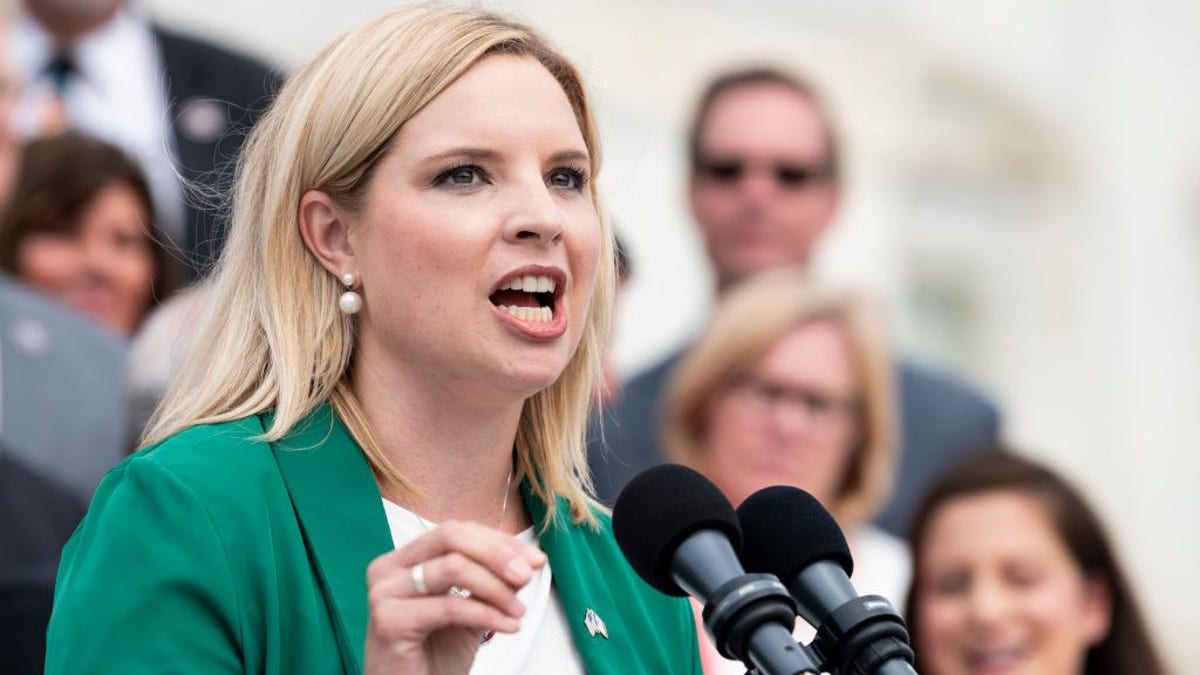The landscape of college football is rapidly transforming, with Name, Image, and Likeness (NIL) deals playing a pivotal role in team success and recruitment. A recent analysis revealed that the combined rosters of the initial twelve college football playoff teams were valued at approximately $150 million, highlighting the significant financial impact of NIL.
Senator Tommy Tuberville, a former college football coach, has voiced concerns about the lack of regulation in the NIL space, referring to the current situation as the "wild, wild West." He has introduced legislation aimed at addressing the perceived uneven playing field created by NIL deals.
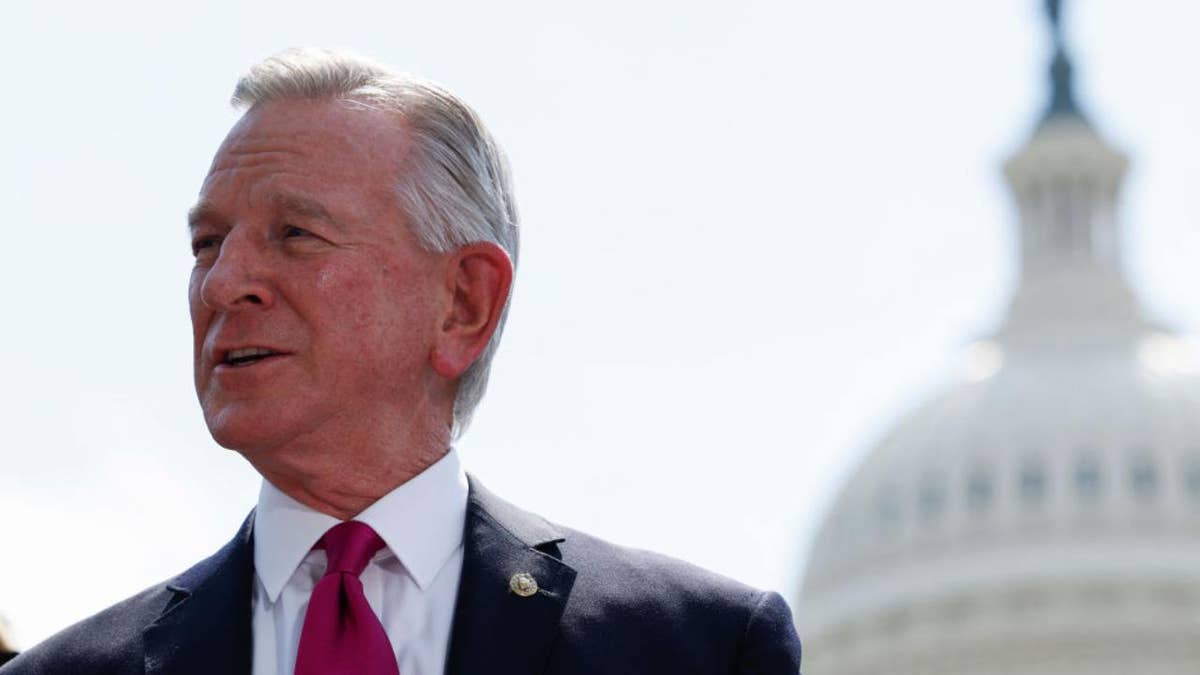
The correlation between substantial NIL earnings and on-field success is becoming increasingly apparent. Teams qualifying for the playoffs often boast some of the highest-valued rosters. Rob Sine, CEO of Blueprint Sports, an agency managing collectives (donor groups supporting college athletics), notes that institutions with robust infrastructure, fundraising capabilities, and corporate partnerships have been able to leverage collectives to gain a competitive edge.
This financial disparity raises concerns about the future of Olympic sports, as football and basketball attract the lion's share of NIL funding. Auburn men's basketball coach Bruce Pearl has expressed worry that the focus on revenue-generating sports could jeopardize other athletic programs.
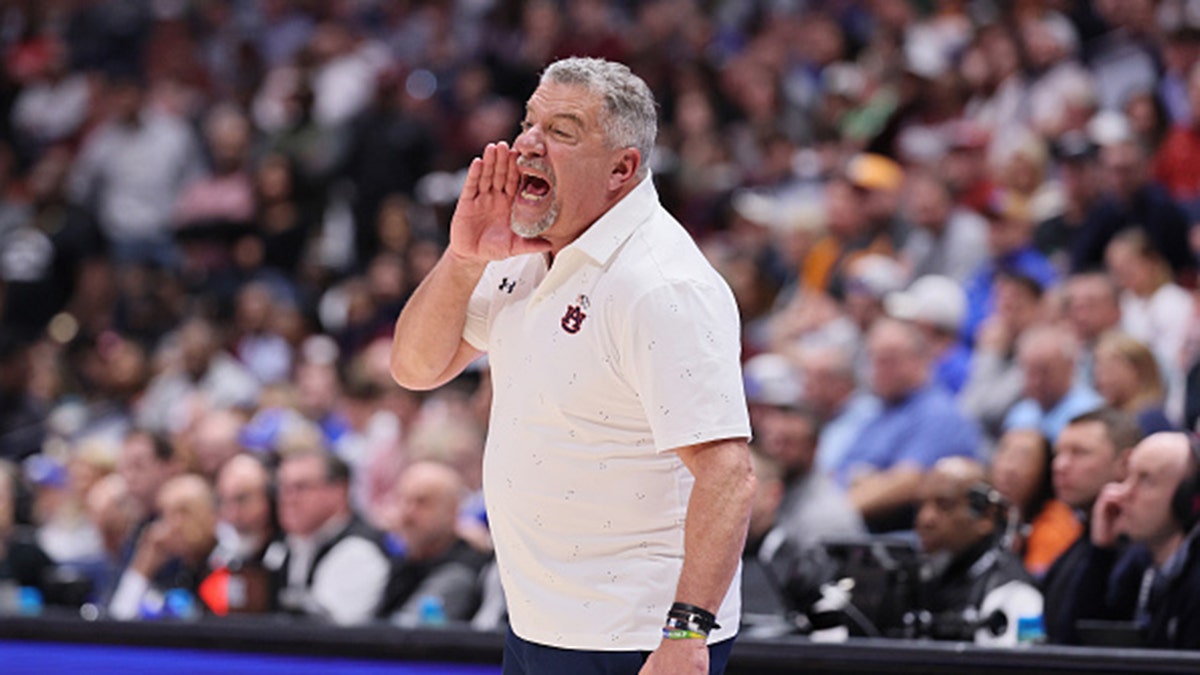
The expanded 2024 playoff format further intensified the competition. Automatic bids were granted to the highest-ranked conference champions, including those from the Power Four conferences (ACC, Big Ten, Big 12, and SEC). Boise State, from the Mountain West Conference, secured a playoff spot as the only representative from the Group of Five conferences, notably possessing the highest-valued NIL roster among those schools.
The pursuit of financial stability and competitive opportunities prompted several teams to switch conferences. SMU's move to the ACC and Oklahoma and Texas's transition to the SEC exemplify this trend. Texas, despite losing the SEC championship, boasts the most expensive roster and a highly-ranked recruiting class.
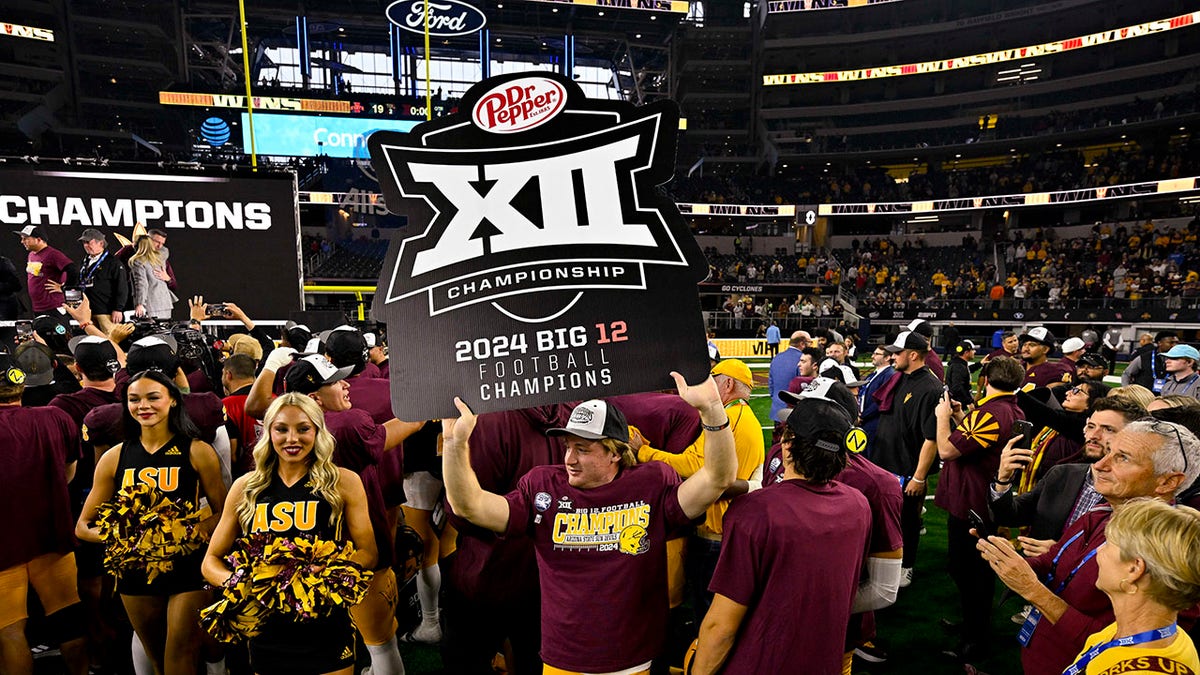
The reshaping of conferences also impacted the Pac-12, with teams migrating to other conferences. Oregon, now in the Big Ten, had an undefeated season and won the conference championship. Arizona State, another former Pac-12 member now in the Big 12, also secured a playoff bid despite not having the most expensive roster in its new conference. Colorado, with quarterback Shedeur Sanders (reportedly the highest-paid NIL athlete), exemplifies the impact of individual star power.
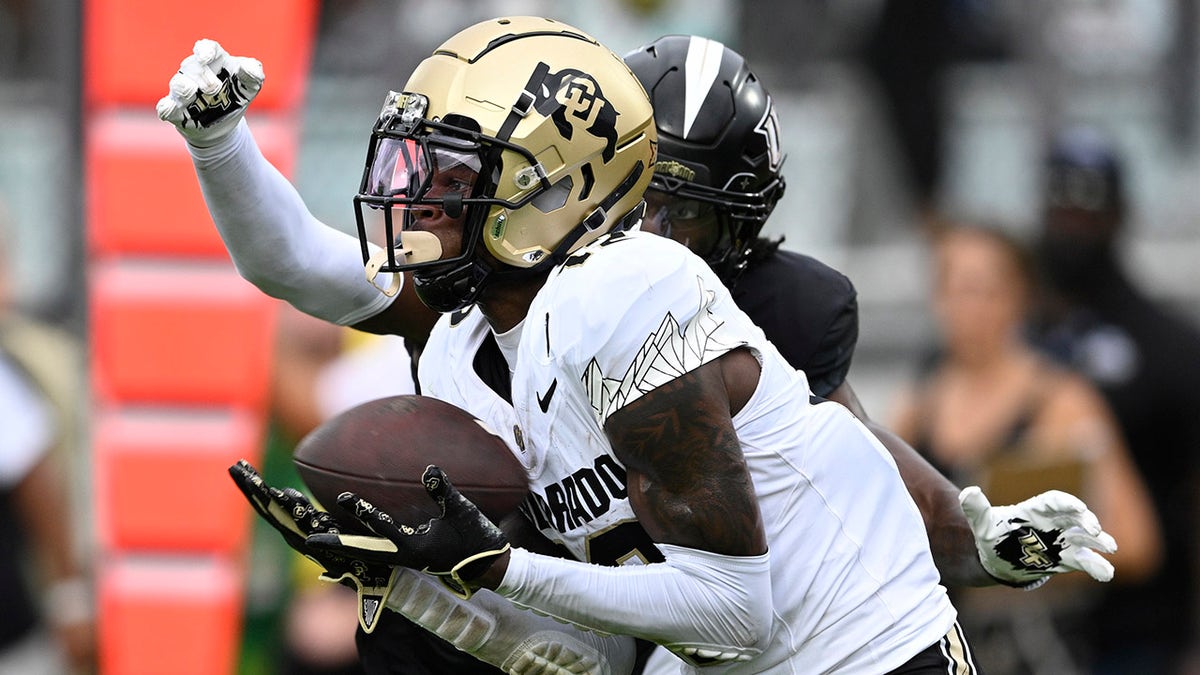
Collectives continue to facilitate lucrative NIL deals, with examples like Ohio State's partnership with Giant Eagle and the influence of Phil Knight on Oregon's Division Street Collective. Concerns remain about the large sums offered to high school recruits before they've even played a college game.
The Texas One Fund, a combination of several NIL entities, is considered the wealthiest in the country, providing substantial benefits to players. Senator Tuberville expressed concern about the changing landscape of college sports, likening it to "minor league sports" due to the influx of money.


